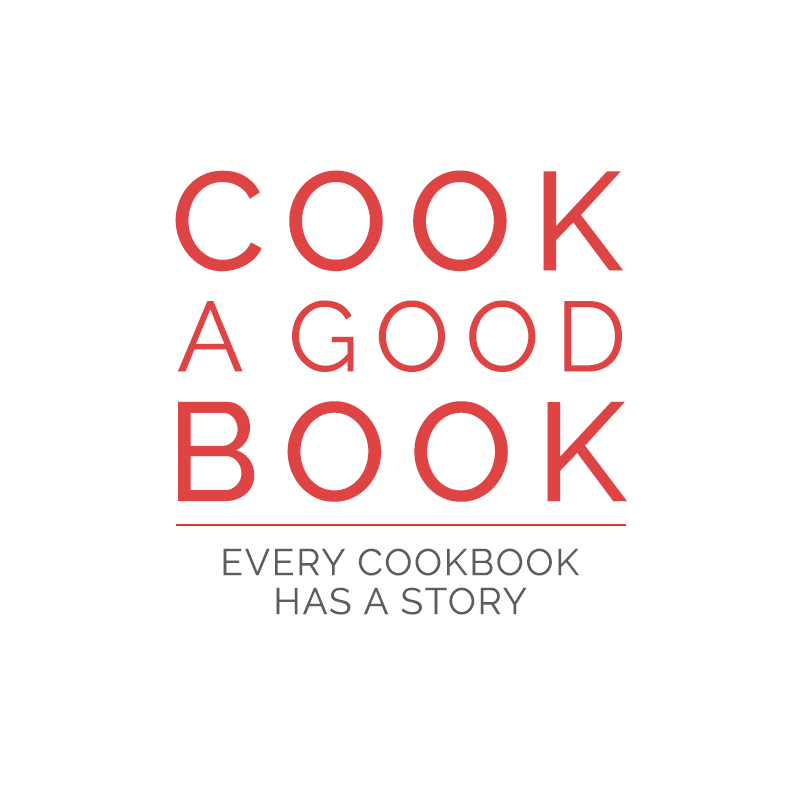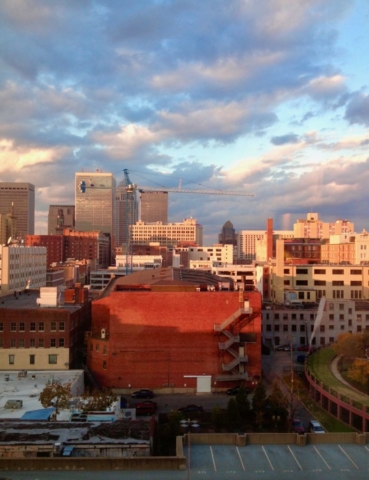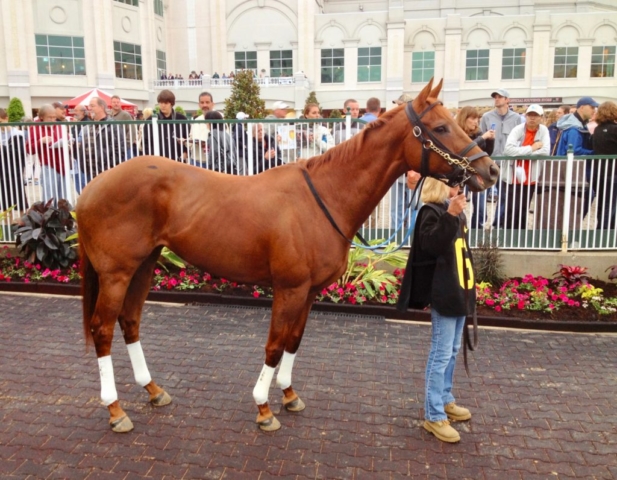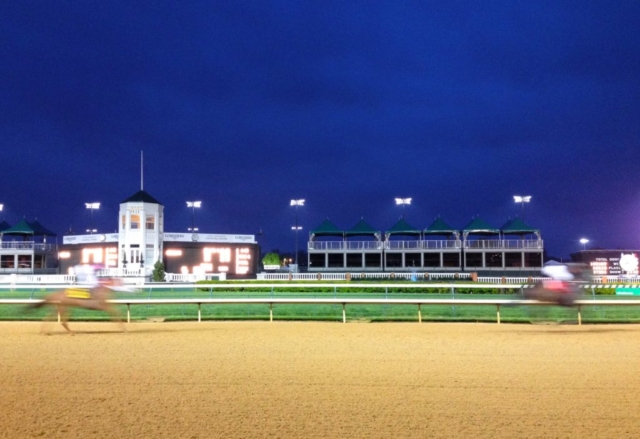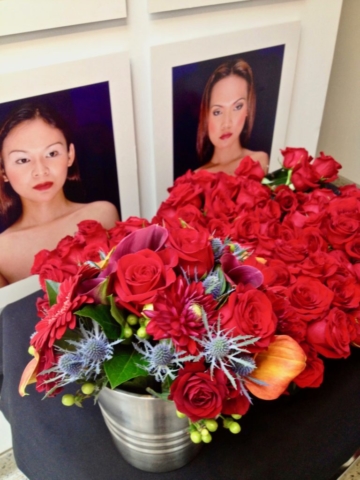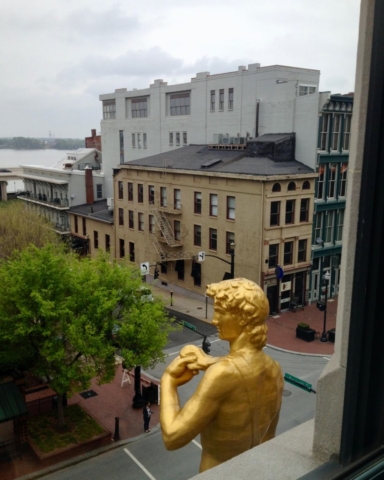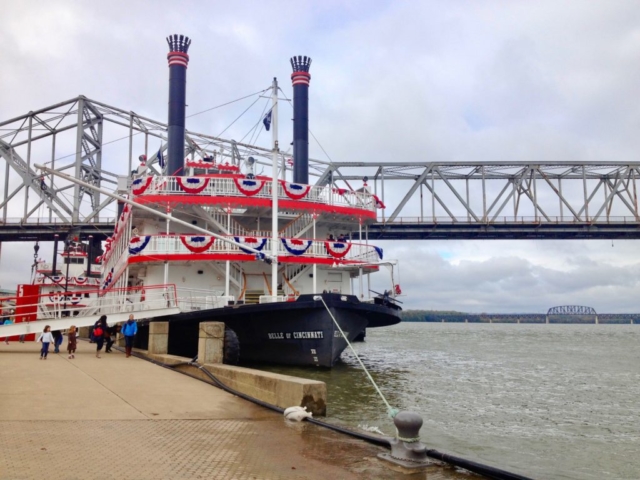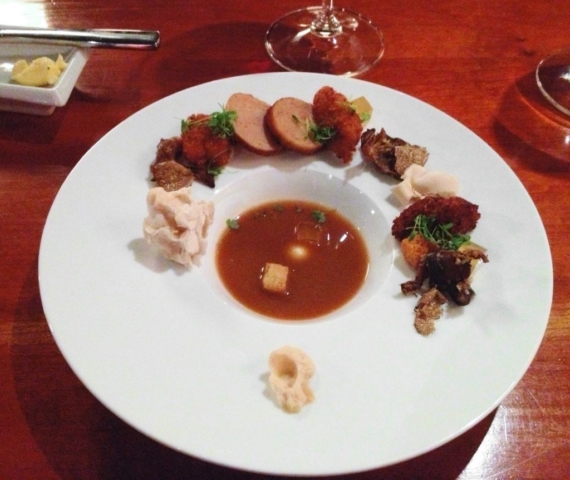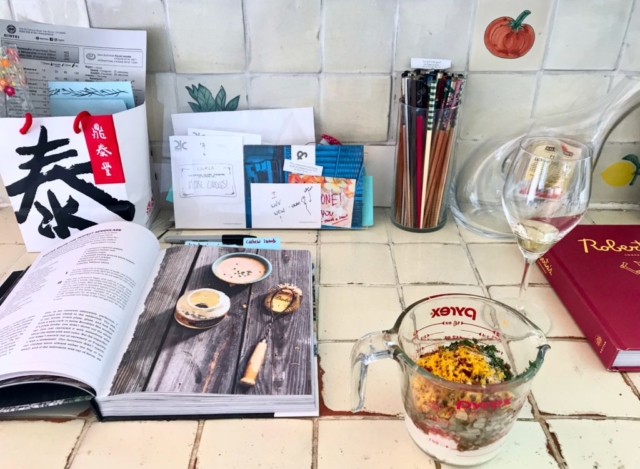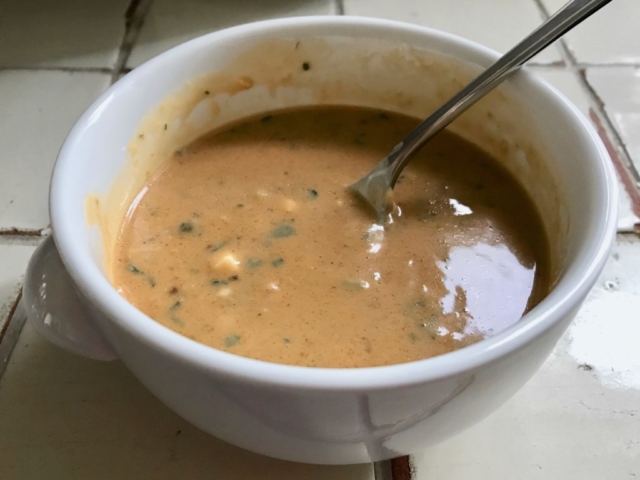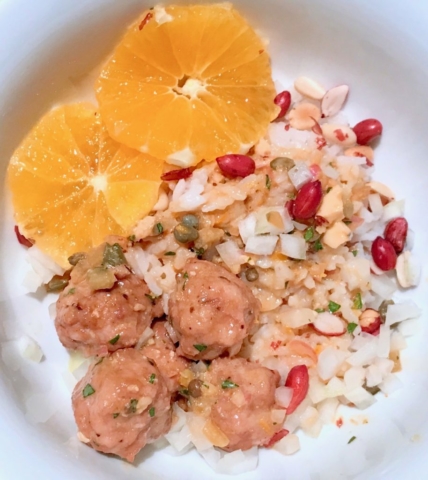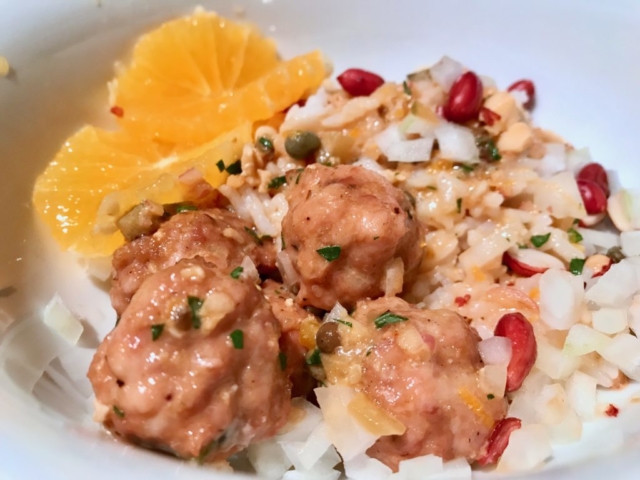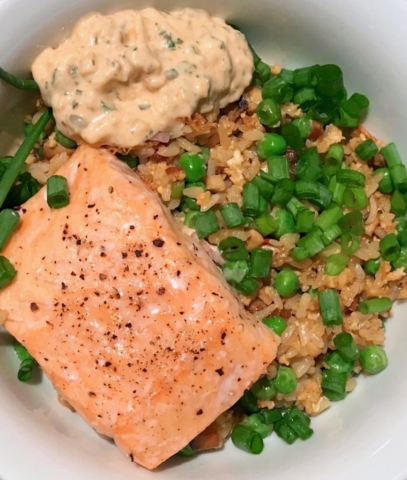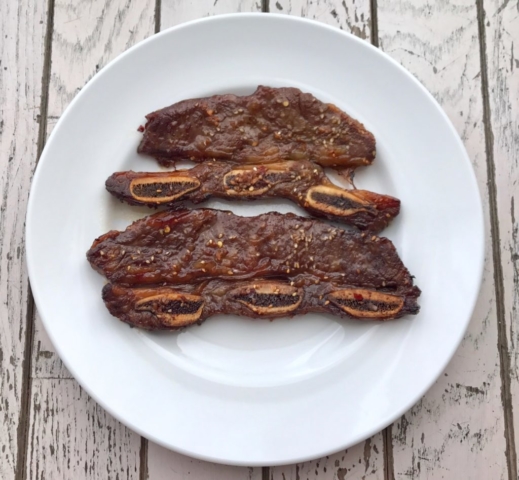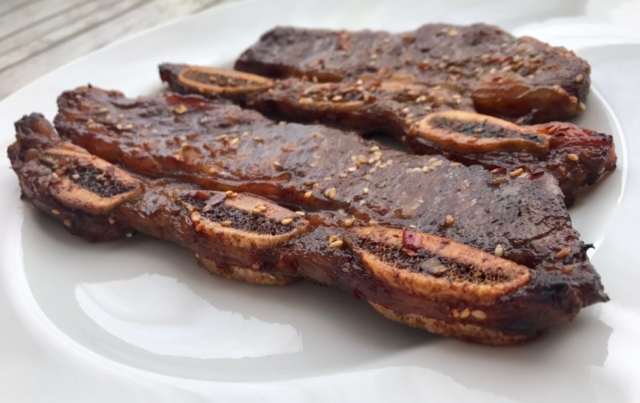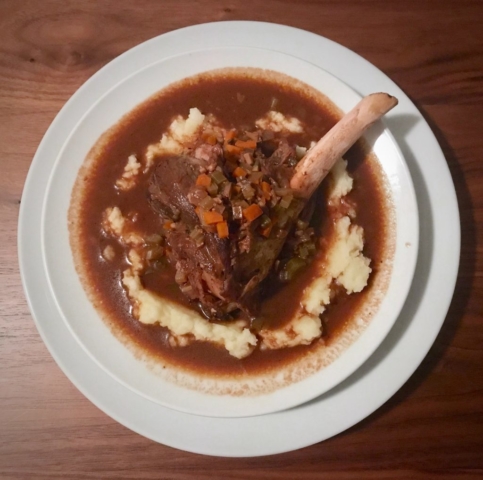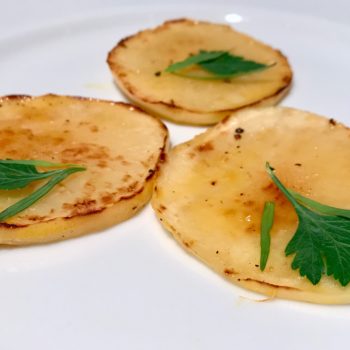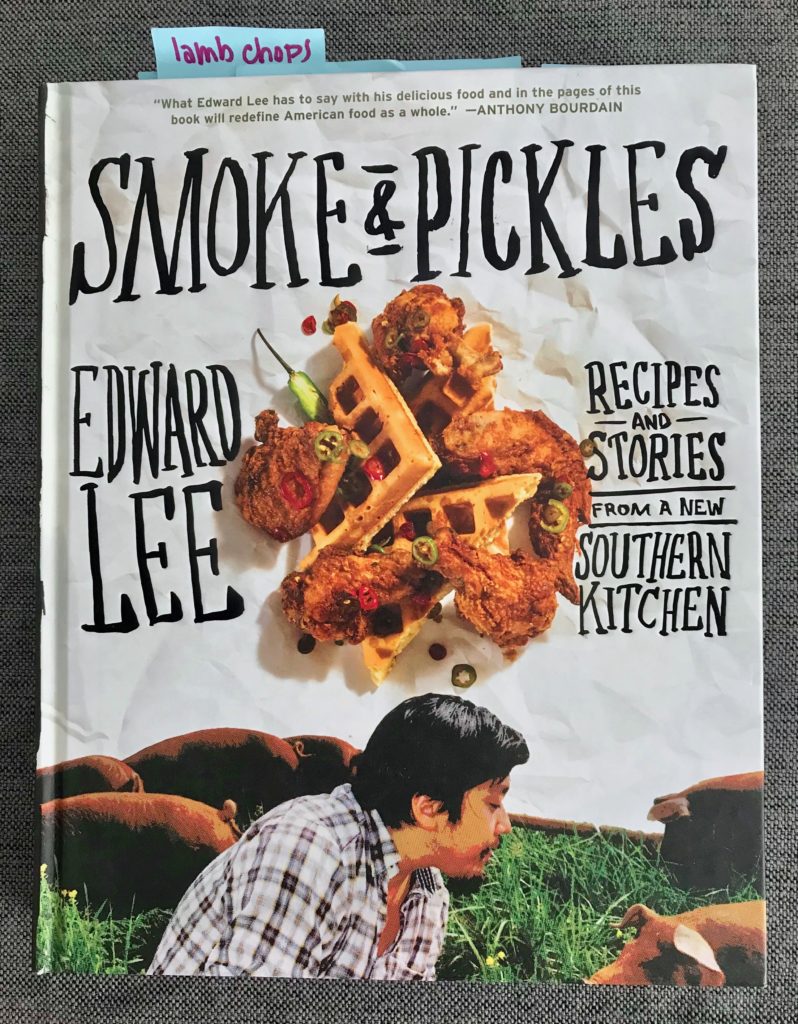
Smoke and Pickles: Recipes and Stories from a New Southern Kitchen
Edward Lee
Food styling by Dimitry Jones, handlettering by Jacob Covey
2013
Christmas gift in 2013
Recipes cooked: Darkly braised lamb shoulder; grilled kalbi; rice bowl with chicken, orange, peanuts, and miso remoulade; rice bowl with spicy pork, jicama, cilantro, and kimchi remoulade (except with salmon and no jicama)
Recipes I want to cook: Grilled lamb heart galbi, Kentucky fried quail, bacon pâté BLT (with Schramsberg blanc de blanc per recommendation!), portobello mushroom jerky, togarashi cheesecake with sorghum
Difficulty to make: Medium
Difficulty to source: Medium
A little glimpse of Louisville, Kentucky—the intro tells you why I love it but you can also go right to the meat of the review!
“Whiskey, like a beautiful woman, demands appreciation. You gaze first, then it’s time to drink.” -Haruki Murakami
When my husband and I decided to get married in Louisville, everyone was surprised. Neither of us grew up in Kentucky or had relatives or formative experiences there—but I’d been on several business trips between 2006 and 2008 working in alumni relations for my alma mater, the University of Virginia, and I so fell in love with the city and the landscape and particularly with the new 21C Museum Hotel that I fantasized about meeting someone there, getting married there, and eventually moving there.
My husband and I grew up forty-five minutes from each other in rural Virginia and met through “mutual friends” in our twenties—our exes were dating each other—but he worked in the film industry in Los Angeles and didn’t want to date long-distance, so I moved, joking that it was for the cheap avocados, which he successfully made himself believe. He did much of the driving in my tiny VW Beetle convertible over one brilliantly sunny week from the Atlantic to the Pacific in June, 2010. I booked us at 21C on our first night of the trip, and I finally got to share this place that was so personal to me, with a guy I was crazy about. The hotel displays the owners’ vast collection of twenty-first century American art in several large galleries on the basement floor and throughout the lobby and restaurant, and the museum curator volunteered to give us a private tour after they were closed for the night then left us alone to explore. It was perfect.
Still, to many, that’s not reason enough to have a destination wedding in northern Kentucky, especially to the people who live there. The potential wedding vendors I met with couldn’t believe I wasn’t discussing bouquets in Charlottesville, where we met, or groom’s cakes in Sonoma, where we liked to vacation. I played up my sentimentality, which is easy to do—I love an excited tell-all with strangers more than anyone I know. But I was in my third year as the manager and event planner for a beautiful University of California, Los Angeles venue, putting on eighty high-end events a year on a tight state government budget, and I didn’t have the heart to tell them (even though people talk about their hearts a lot in the south) that I could have a dream wedding in Louisville for less than half what it would cost at a picnic table at a Fresno winery.
Life is just a little more luxurious in Louisville. While much of the south remains stubbornly lodged in a time warp, like my hometown, its great cities like Louisville—Atlanta, Charleston, Nashville, New Orleans, Richmond—are redefining southern pride as something everyone can be proud of, by embracing the multiculturalism that’s existed there since colonial trade routes, and doing away with harmful symbols of the injustices that came with it; by supporting a new food standard that addresses food deserts and malnutrition, and preserving near-extinct plants and humane husbandry practices in spite of a long-standing alignment with Big Ag; and by, well, voting Democrat, which, in the most recent election, was a rejection of economic and racial division. Louisville is a city that feels robust, refined, and reflective.
And in these rare times, in which chefs appear on competitive reality TV, morning talk shows, and tabloid pages, everyone is watching as chefs define the new south.
Variations on Lee’s perfect remoulade
How does Chef Edward Lee fit into all of this? I’d say, comfortably.
Lee grew up in Brooklyn to Korean-American Garment District factory owners and spent a lot of his childhood with his Korean grandmother, who watched him and his sister while his parents worked. He majored in literature at NYU and tried out some traditional jobs, mostly to please his parents, before cooking professionally in New York. At around 30, he attended his first Kentucky Derby, then 9/11 happened, then he moved to Louisville. It felt right.
In Smoke and Pickles, chapters are organized primary by ingredients like pork, seafood, vegetables, drinks, and desserts; each begins with a story from Lee’s life, told in chronological order from childhood, and the meat chapters start with a recipe for a hearty rice bowl. My two favorite stories from Lee’s cookbook—and this is truly his, writer that he is—are of the moments before and after his move from New York to Louisville, which open the chapters for beef and fowl recipes, respectively. In the first, he talks about running a “marginally respectable restaurant” on Mott Street in the Lower East Side, a galbi joint that would turn into a hangout for pretty people later in the night, when “suspiciously long lines would develop for the bathroom.” One of his waitresses was passed out on the bar one evening when Chez Panisse’s Jeremiah Tower came in to eat. The rest of the story is hard but important to read. The second story I love is of horseback riding and duck hunting soon after his arrival in Kentucky. I first read this cookbook when I received it as a Christmas gift three and a half years ago, and today I found a powder blue sticky note with a smiley face drawn on it in pink Sharpie in the middle of the story, a little treasure for me to find when I knew I would inevitably return to it. I loved the genteel quote from the setup all over again: “Son, we don’t riiide haw-ses, we buy ‘em.” Lee really takes you there.
Grilled kalbi
What Lee found in Kentucky was a cuisine that reminded him a lot of his own, and as someone who loves-slash-struggles-with both cultures, I could see similarities, too. Southern food and Korean food share pickles, peppers, sugars, alliums, rice, beer, watermelon, eggs, donuts, dumplings, grilled meats, and seafood stews. Fried chicken joints are everywhere in Seoul, and the best southern style potato salad I’ve ever had is usually my most recent banchan at a Korean restaurant. Fad diets, plastic surgery, social conservatism, and Christianity are big in both cultures. And he and I know, and you should, too, that middle-aged women have the last say in everything, in Busan or Biloxi.
Smoke and Pickles has strictly Korean recipes and southern recipes, like kimchi, galbi, boiled peanuts, and pork cracklins’. But it skews southern. There may be nothing more Louisvillian than braised turkey for making hot browns (page 90), pork ribs and sauerkraut (page 108), or the Old Fashioned, coined by the Pendennis Club, updated with blackberries, thyme, and orange bitters (page 231). But most of the cookbook is a little bit of here and a little bit of there. Kentucky fried quail gets seasoned with a blend of salt, Chinese five-spice, and Sichuan peppercorn. Cola ham hocks are glazed with red miso, soy sauce, and apple cider. Ropa vieja, a Cuban dish, gets translated with soy sauce and Carolina rice. One of my favorite dishes, the rice bowl with chicken, orange, peanuts, and miso rémoulade, has us add eastern Asian flavors to his seriously perfect “Perfect Rémoulade.” You will not get far in this cookbook without bourbon, buttermilk, soy sauce, fish sauce, or sesame oil. Sorghum appears in many recipes, too, but I’ve substituted sugar or honey or a combination of the two juuust fine.
Darkly braised lamb shoulder
One recipe, the simmered lamb shanks with cashew gravy, did not work for me, which was hard for me to take, because it’s Chef Edward Lee and it’s a cookbook that has any lamb recipes at all, and here, they get the entire first chapter. The gravy calls for south Asian spices, fresh ginger, lime juice, black pepper, and lager, all of which contribute bitterness, and since they weren’t cooked down, diluted with stronger flavors, or cut with a sweetener, I didn’t find the sauce palatable enough to cook my lamb in it.
I made Lee’s darkly braised lamb shoulder with my shanks the next day instead, to beautiful results. It’s a somewhat traditional braise with typical refrigerator door condiments and mirepoix, with the addition of the eastern Asian staples black bean paste and soy sauce. With its half cup of bourbon and three cloves of garlic, though, it reminded me of Sichuan stir fried meat dishes. Bourbon isn’t totally unlike Shaoxing wine, which tastes to me like celery leaves, dry sherry, and maple syrup. I used this as inspiration for transforming the leftovers into a Chinese lamb dish, puréeing the lamb gravy with doubanjiang, grated fresh ginger, and dried chili paste, then reheating it with reduced Shaoxing wine, more garlic, and sesame oil before adding wood ear mushrooms, long beans, and the leftover lamb. It was one of my favorite dinners of the summer, and my husband’s clear favorite. Do I think Lee would mind that I did that? No! If you read this cookbook, and you should, you’ll know that he’s a rebel, he’s creative, and he’s nice AF, and also that he likes to cuss, like me, but he’s too polite to actually do it in writing.
I’ve eaten at both 610 Magnolia and MilkWood, Chef Lee’s two Louisville restaurants. I actually dined at them by myself on consecutive nights over Halloween weekend, 2013, on one of my wedding planning trips, and I got to meet him the first night. He recognized me the second night, at my oversized table for one, and waved and smiled warmly and said something like “you’re here, too!” in a way that lessened my self-consciousness and made me feel appreciated. Almost a year later, about twenty of my closest family members from all over the US gathered at MilkWood on a chilly Thursday evening while my husband’s guy friends took him out for a proper bachelor party; on that Saturday, October 18, 2014, we married at St. Benedict Catholic Church and celebrated in the atrium gallery at 21C. Since then, Lee has opened two restaurants close to home for us, in Washington, DC. I got to ask him how it was going at a recent publicity stop for his wonderful second book, Buttermilk Graffiti, and he said “really well.”
“Good,” I said, smiling—not surprised, but still relieved.
